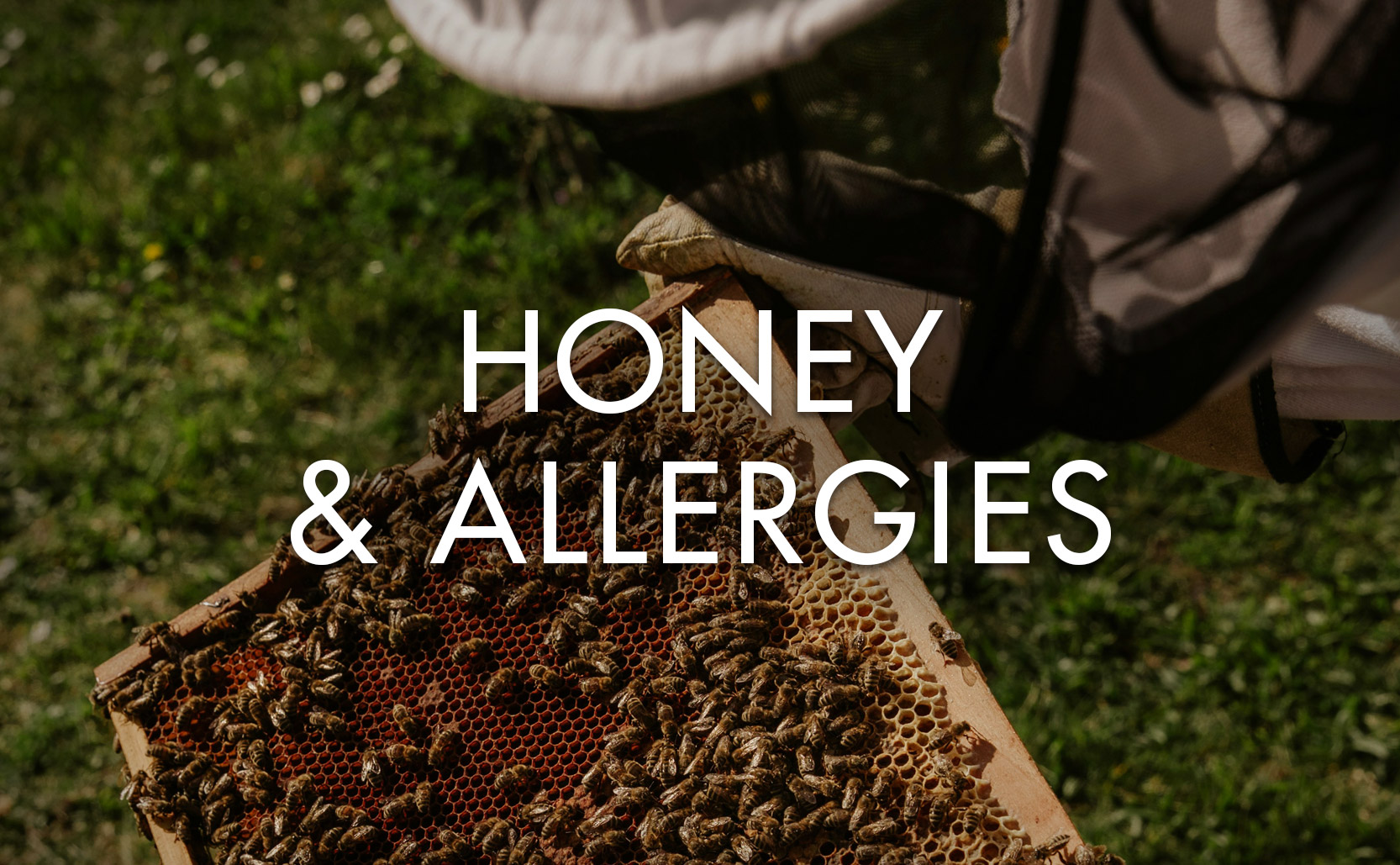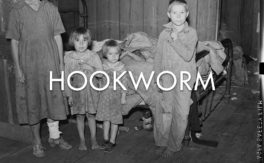Eating local honey doesn’t help with your seasonal allergies (but it tastes good at least).
Broadly speaking, trees and other plants use one of two methods for reproduction. Some rely on bees, animals, or other creatures to interact with them and then spread their pollen to other plants. Other plants however release their pollen into the wind and hope for the best. It’s this second category, scattering pollen to the wind, that people are allergic to when they have seasonal allergies.
Delicious but unhelpful
There is an idea that eating local honey can help you deal with these allergies because local honey is made from the local pollen you’re allergic to – that through exposure to small amounts of what triggers your allergic reaction you can teach your immune system to not react (ie. immunotherapy). Unfortunately this doesn’t work for a few reasons.
To start, when you consume local honey you don’t know what sort of pollen it contains or in what amount. So while it may theoretically contain the pollen that triggers your allergic reaction you can’t be sure and every batch of honey is different.
Further, local honey is made with the “wrong” kind of pollen. Honey is made with the pollen bees collect through physical contact with plants, but the pollen of your seasonal allergies is the kind that’s spread on the wind. As such there isn’t going to be much (if any) of the pollen that triggers your allergies in honey. Therefor eating local honey won’t help with your seasonal allergies.





